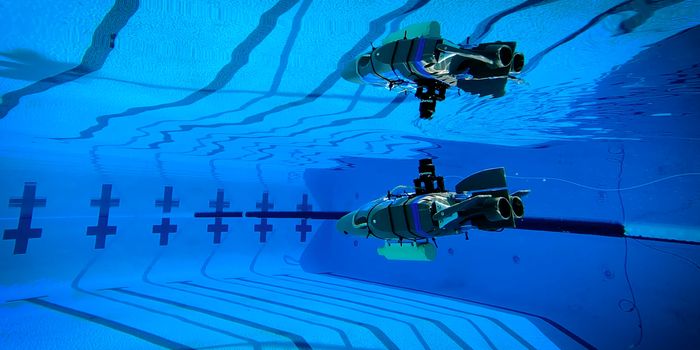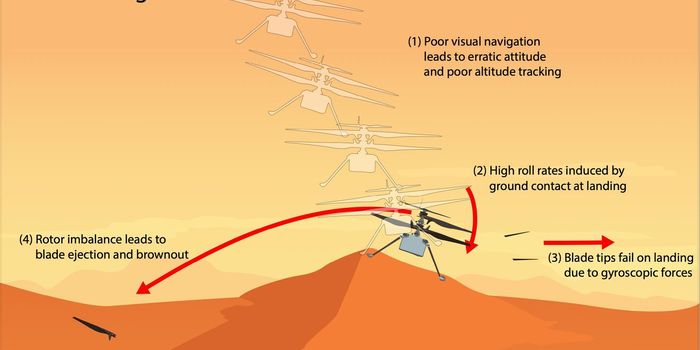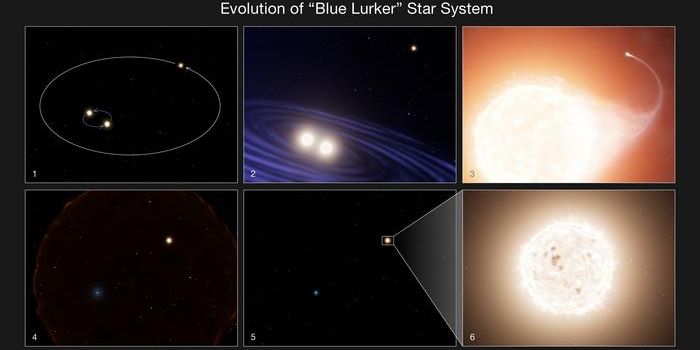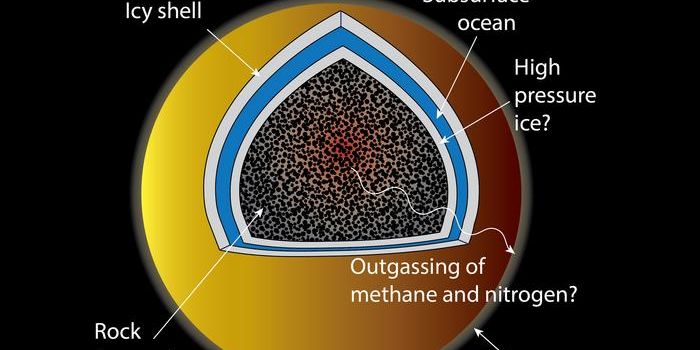Understanding Titan's Interior and History Through Tidal Friction
What can a moon’s tidal friction teach us about its formation and evolution? This is what a recent study published in Science Advances hopes to address as a team of researchers at the University of California Santa Cruz investigated a connection between the spin rate and tidal energy on Saturn’s moon, Titan, to determine more about Titan’s interior. This study has the potential to help researchers better understand the internal processes of Titan, leading to better constraints on the existence of a subsurface ocean.
For the study, the researchers used a combination of data obtained by NASA’s now-retired Cassini spacecraft and a series of mathematical calculations to determine Titan’s tidal dissipation, which is the amount of tidal energy lost in an object from friction and other processes, and for which the only moons in the solar system this has been successfully been accomplished being the Earth’s Moon and Jupiter’s volcanic moon, Io. Better understanding a moon’s tidal dissipation helps researchers better understand its formation and evolution, which the researchers successfully estimated for Titan.
“Tidal dissipation in satellites affects their orbital and rotational evolution and their ability to maintain subsurface oceans,” said Dr. Brynna Downey, who is a postdoctoral researcher at the Southwest Research Institute in Colorado and lead author of the study. “Now that we have an estimate for the strength of tides on Titan, what does it tell us about how quickly the orbit is changing? What we discovered is that it’s changing very quickly on a geologic timescale.”
The geologic timescale in this case was approximately 350 million years ago, as the researchers hypothesized this is what Titan’s orbit went from being circular to the noncircular orbit we see today, which they state could have been caused by a large impact on Titan or a moon of Saturn once existed during that time but was lost, somehow.
Going forward, the researchers suggest using NASA’s upcoming Dragonfly mission to Titan to confirm their findings, which could help infer if Titan has a subsurface ocean as has been hypothesized. Additionally, they recommend future space missions use their new method to ascertain tidal dissipation for other moons in the solar system, specifically Jupiter’s moons, Europa and Ganymede, both of which present evidence for having subsurface oceans beneath their icy crusts.
What new discoveries about Titan’s spin rate and tidal energy will researchers make in the coming years and decades? Only time will tell, and this is why we science!
As always, keep doing science & keep looking up!
Sources: Science Advances, EurekAlert!
Featured Image: Composite imfrared image of Titan obtained by NASA' Cassini spacecraft. (Credit: NASA/JPL/University of Arizona/University of Idaho)








